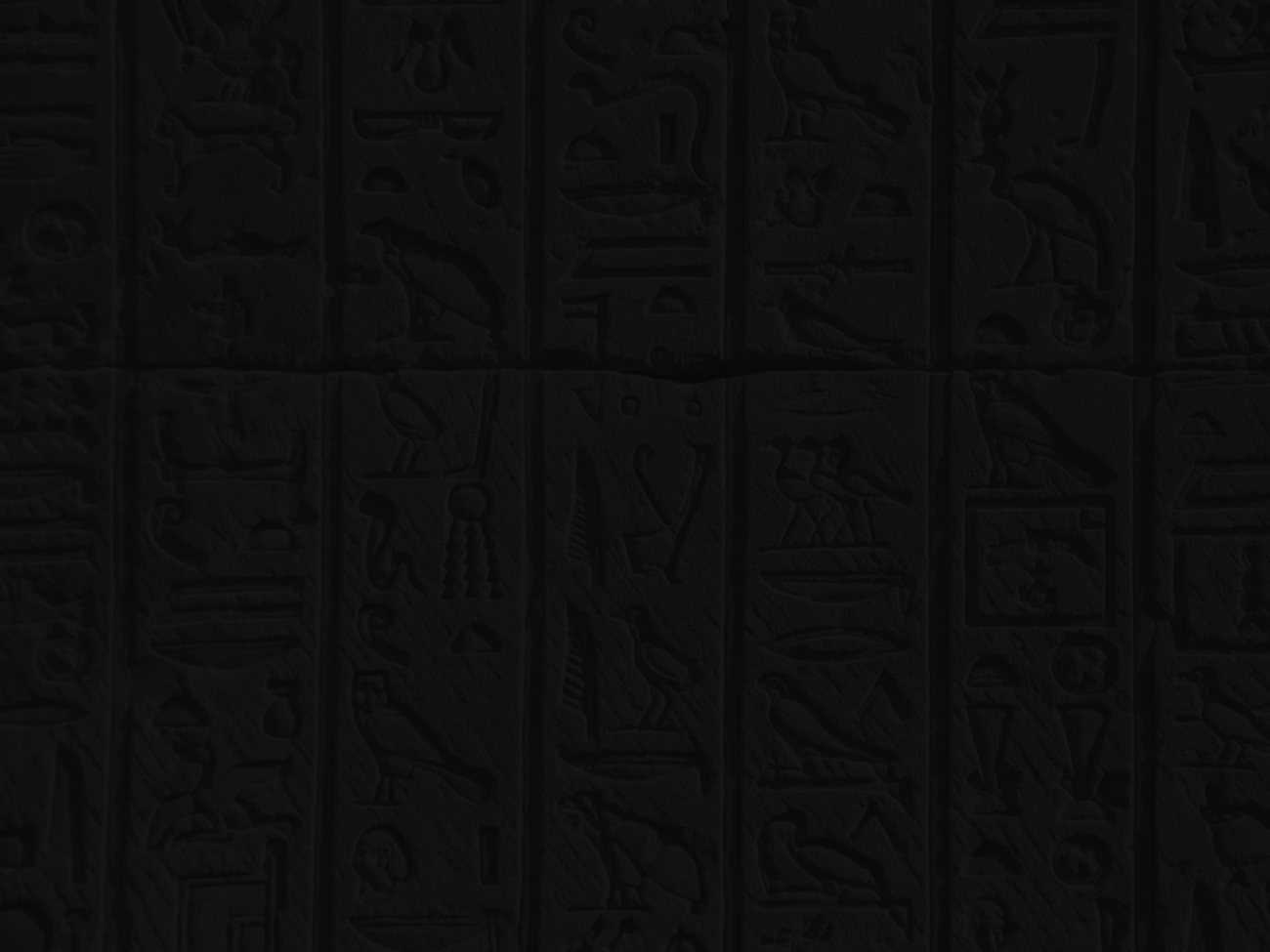Arabic Dialects B


Key information
- Start date
- End date
- Year of study
- Year 2 or Year 3
- Duration
- Term 2
- Module code
- 155906744
- FHEQ Level
- 5
- Credits
- 15
- Department
- School of Languages, Cultures and Linguistics & Near and Middle East Section
Module overview
This module combines an intermediate-advanced approach to Arabic dialectology with instruction in two different Arabic dialects at an intermediate level. It is specifically intended to prepare students for a period of study in an Arabic-speaking country. Each week students have a one-hour lecture on the Arabic dialects from a theoretical point of view, a one-hour lesson focusing on listening comprehension, and two hours of tuition in Arabic conversation. Where teaching capacity allows, students will have the opportunity to choose which of two widely spoken Arabic dialects (typically Egyptian and Levantine) they wish to focus on in the conversation classes.
The primary objectives of the module are: to give students an in-depth understanding of the linguistics of the Arabic dialects, and of the theory and practice of Arabic dialectology; to bring them to an intermediate level in the dialect they choose to focus on; and to give them the tools to enable them to independently acquire communicative competence in other Arabic dialects they might encounter in the course of their studies and beyond.
Prerequisites
Completion of Arabic Dialects A (UG)
Objectives and learning outcomes of the module
At the end of a module, a student should be able to demonstrate:
- Communicate at an upper intermediate level in an Arabic dialect
- Demonstrate a nuanced understanding of the place of Arabic dialects vis-à-vis Standard Arabic in contemporary Arabic society
- Demonstrate a deep understanding of the (debates surrounding the) diachronic relationship between Classical Arabic and the contemporary dialects;
- Demonstrate a more advanced understanding of the principal ways in which the dialects differ among themselves (and collectively in comparison to Standard Arabic) at the level of syntax, morphology, phonology and lexicon.
Workload
A total of 10 weeks teaching with 4 hours classroom contact per week.
Method of assessment
- 1 x 15min in class listening comprehension test (20%)
- 1 x 1hr in class grammar test (10%)
- 1 x essay (2000 - 2500 words) term 2 (40%)
- 1 x recorded video presentation OR Oral exam (30%)
- The exact assessment deadline dates are published on the relevant module Moodle/BLE page
Suggested reading
- Abboud-Haggar, Soha. 2006. ‘Dialects: Genesis’. In Kees Versteegh (ed.), Encyclopedia of Arabic Language and Linguistics, vol. I, 613–622. Leiden: Brill.
- Chouairi, Rajaa. 2010. Shou Fi Ma Fi: Intermediate Levantine Arabic. New Haven, CT: Yale University Press.
- Holes, Clive. 2004. Modern Arabic: Structures, Functions and Varieties. Revised edition. Washington, D.C.: Georgetown University Press.
- Isleem, Nasser. 2010. Colloquial Palestinian Arabic: An Introduction to the Spoken Dialect. Norwell, MA: Alucen Learning.
- Kaye, Alan S., and Rosenhouse, Judith. 1997. ‘Arabic dialects and Maltese’. In Robert Hetzron (ed.), The Semitic Languages, 263–311. London: Routledge.
- Owens, Jonathan. 2006. A Linguistic History of Arabic. Oxford: Oxford University Press.
- Palva, Heikki. 2006. ‘Dialects: Classification’. In Kees Versteegh (ed.), Encyclopedia of Arabic Language and Linguistics, vol. I, 604–613. Leiden: Brill.
- Rabin, Chaim. 1955. ‘The beginnings of Classical Arabic’. Studia Islamica 4: 19–37.
- Versteegh, Kees. 1997. The Arabic Language. Edinburgh: Edinburgh University Press.
- Woidich, Manfred. 2004. Kullu Tamām: An Introduction to Egyptian Colloquial Arabic. Cairo: American University in Cairo Press.
Disclaimer
Important notice regarding changes to programmes and modules



